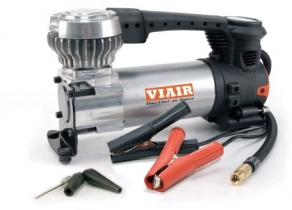-
Welcome to Tacoma World!
You are currently viewing as a guest! To get full-access, you need to register for a FREE account.
As a registered member, you’ll be able to:- Participate in all Tacoma discussion topics
- Communicate privately with other Tacoma owners from around the world
- Post your own photos in our Members Gallery
- Access all special features of the site
06 golf tdi oil change interval questions?
Discussion in 'General Automotive' started by 04trd, May 3, 2014.


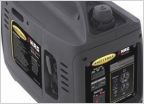 Smittybilt generator 2600 watts
Smittybilt generator 2600 watts What’s this called?
What’s this called?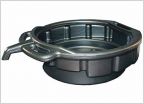 What is your favorite oil drain pan?
What is your favorite oil drain pan?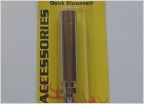 CB Antenna?
CB Antenna?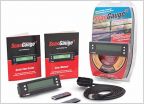 Where to get a scanguage
Where to get a scanguage




